
Western wildfires are fueling extreme weather in other states
In late September, Stanford University researchers published a study that found residents of Western states were exposed to a 27-fold increase of harmful particulate matter pollution, known as PM2.5, between 2006 and 2020 as wildfires intensified.
Then this month, researchers from the University of Chicago and the University of California, Los Angeles, concluded in their own study that the wildfires of 2020 contributed to roughly a third of California’s total greenhouse gas emissions that year.
And on Monday, the Department of Energy released groundbreaking research that found Western blazes are increasing the intensity of extreme weather in states as far east as Nebraska…
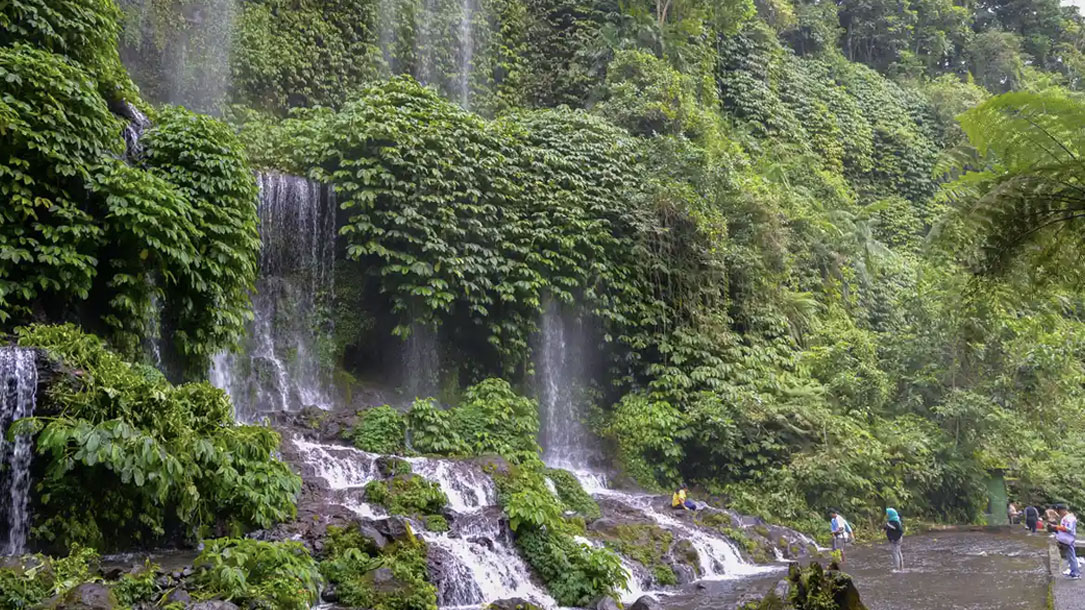
The world’s forests do more than just store carbon, new research finds
Researchers from the U.S. and Colombia found that, overall, forests keep the planet at least half of a degree Celsius cooler when biophysical effects — from chemical compounds to turbulence and the reflection of light — are combined with carbon dioxide…
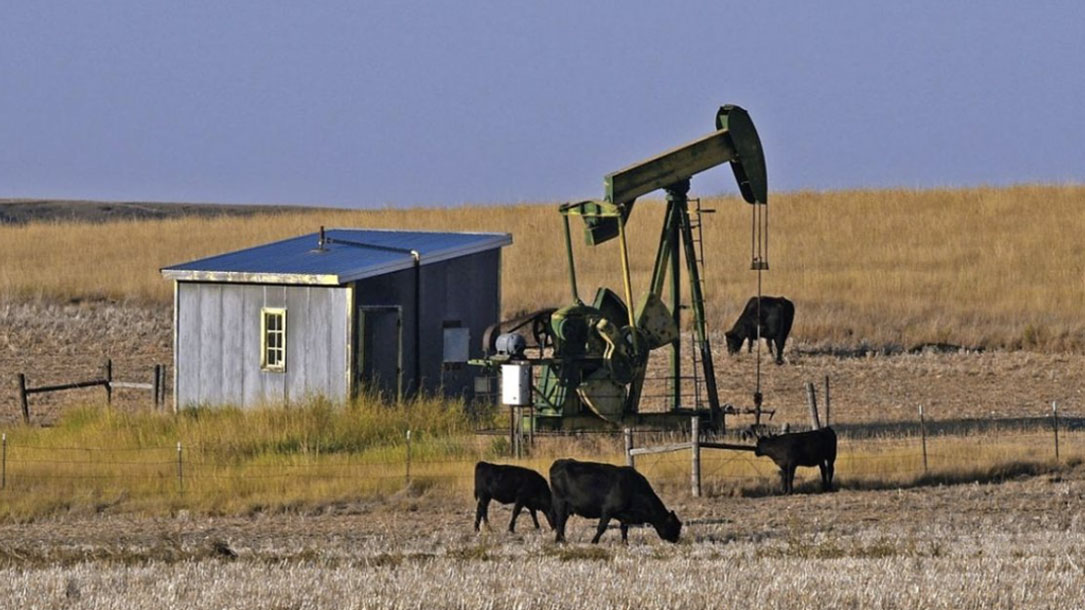
Keeping cattle on the move and carbon in the soil
The Obrechts stand at the forefront of an emerging collaboration between ranchers, conservation groups, and governmental agencies that aims to protect, restore, and revitalize the United States and Canada’s prairies — or what’s left of them…
Researchers estimate that grasslands could contain as much as 30 percent of the carbon stored in the Earth’s soil. Plowing them in order to plant crops releases large amounts of that carbon into the atmosphere…

As Congress funds high-tech climate solutions, it also bets on a low-tech one: nature
[B]eyond those headline-making investments, the legislation acknowledges a less-heralded but essential part of the effort to combat climate change: nature. Or, more precisely, that given a chance, nature can be a profound ally in the fight against climate change…
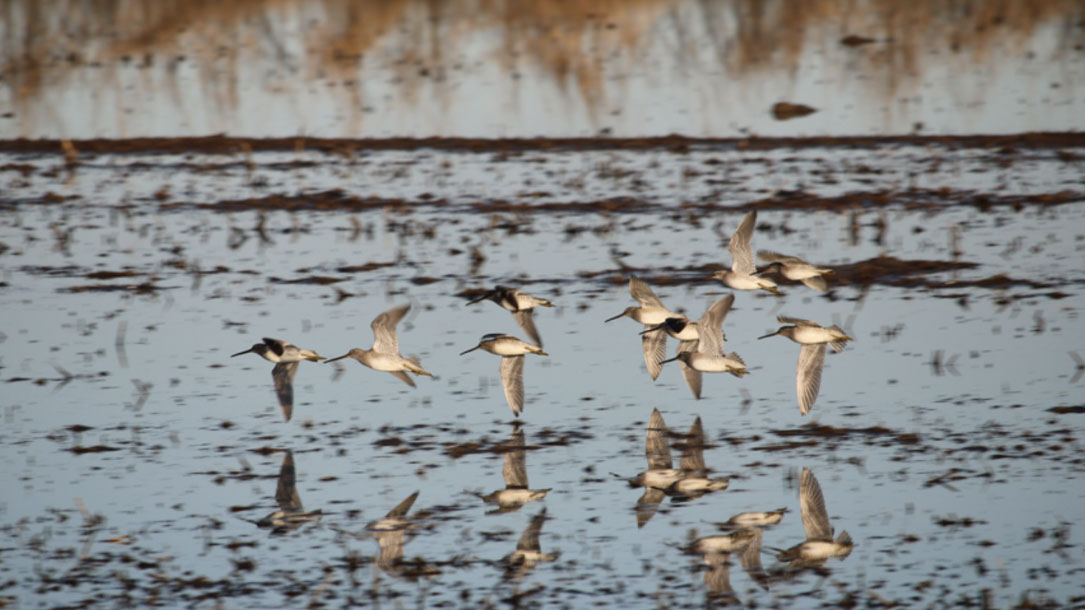
Climate patterns thousands of miles away affect US bird migration
The scientists analyzed 23 years of bird migration data collected via NOAA’s Next Generation Radar system — a network of 143 radar stations across the continental U.S. — to determine the variability in the birds’ arrival times each spring. This is where they made their first discovery: the U.S. could be divided into two regions, east and west, each with a distinct pattern of variability in bird arrival times…

Western forests, snowpack, and wildfires appear trapped in a vicious climate cycle
A new study probes how extreme 2020 wildfires affected the water cycle in key mountain forests that store water in the form of late-melting snow.
The surveys, up at about 10,000 feet in the Rocky Mountains west of Fort Collins, were part of a rapid response science assessment to measure just how much the extreme 2020 wildfire season in the West disrupted the water-snow cycle in the critical late-snowmelt zone which serves as a huge natural reservoir…
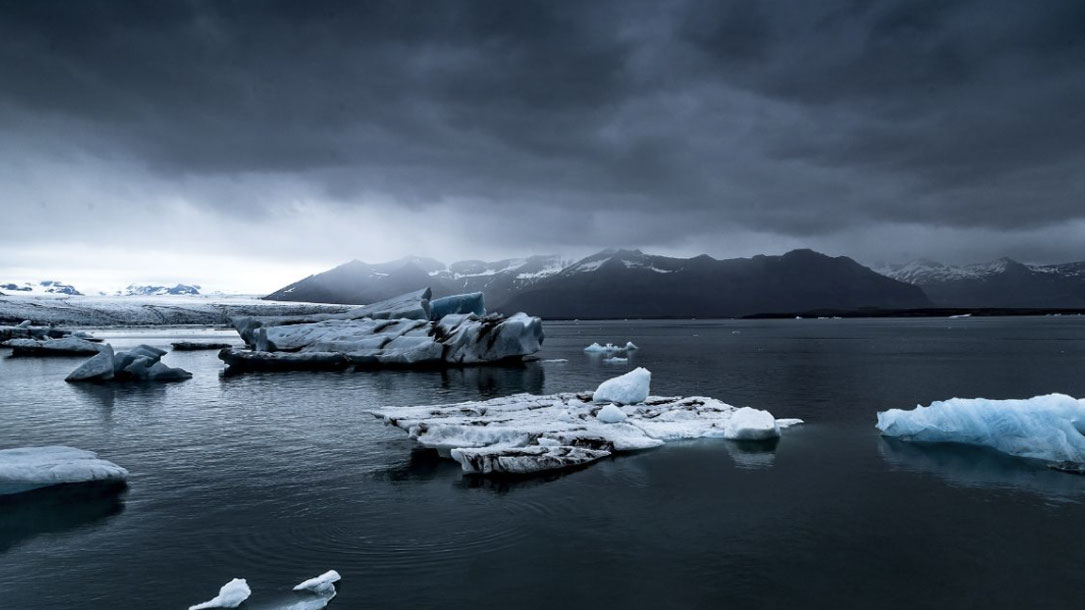
Climate change drives rapid decadal acidification in the Arctic Ocean from 1994 to 2020
The Arctic is warming at a rate faster than any comparable region on Earth, with a consequently rapid loss of sea ice there. Qi et al. found that this sea ice loss is causing more uptake of atmospheric carbon dioxide by surface water and driving rapid acidification of the western Arctic Ocean, at a rate three to four times higher than that of the other ocean basins. They attribute this finding to melt-driven addition of freshwater and the resulting changes in seawater chemistry.

Arctic Ocean acidifying up to four times as fast as other oceans, study finds
Acidification of the western Arctic Ocean is happening three to four times faster than in other ocean basins, a new study has found.
The ocean, which absorbs a third of all of the carbon dioxide in the atmosphere, has grown more acidic because of fossil fuel use. Rapid loss of sea ice in the Arctic region over the past three decades has accelerated the rate of long-term acidification, according to the study, published in Science…
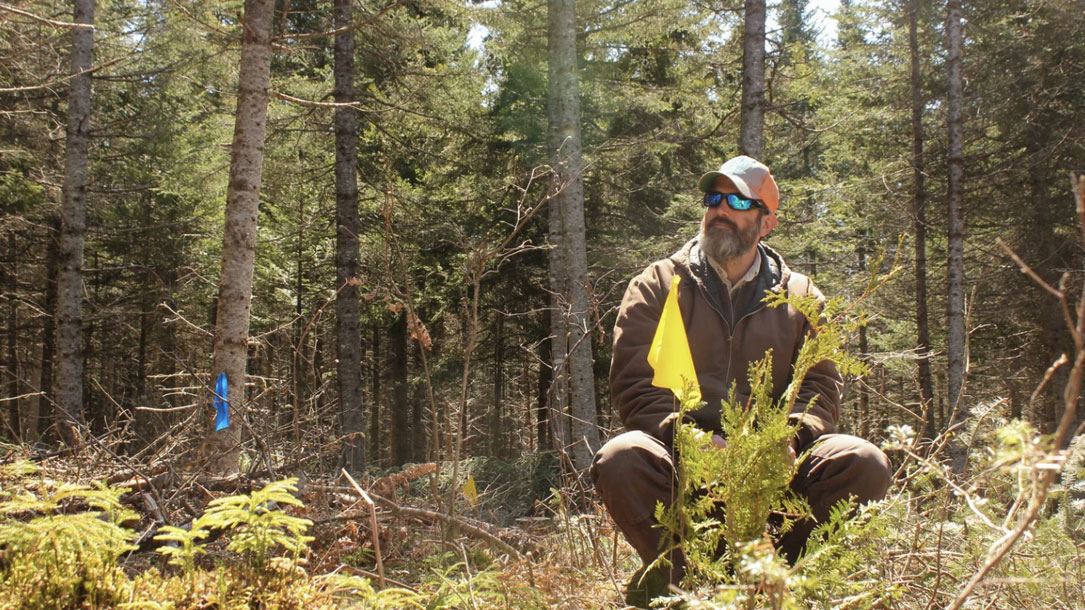
Foresters hope ‘assisted migration’ will preserve landscapes as the climate changes
“Thinking about actively moving species around is a little, well a lot uncomfortable for us,” acknowledges Abe Miller-Rushing, the science coordinator for Acadia National Park in Maine. “What might be the kind of unintended consequences? What diseases might we unintentionally move around if we move species around?”
He says, historically, the Parks Service has preferred hands-off management and modeled restorations on past conditions. In Acadia though, he noted, not intervening as warming takes place could mean the park’s iconic evergreen forests get replaced by shrubland, dominated by invasive bushes…

How is the jet stream connected to simultaneous heat waves across the globe?
“As often happens in the atmosphere, it is connected: if we see an extreme event in one place, it can be connected to extreme events in another,” said Stephen Belcher, chief scientist at the U.K. Met Office. “The Met Office forecasters are looking very, very closely at this wavenumber 5 pattern to see how long it persists,” he added…












